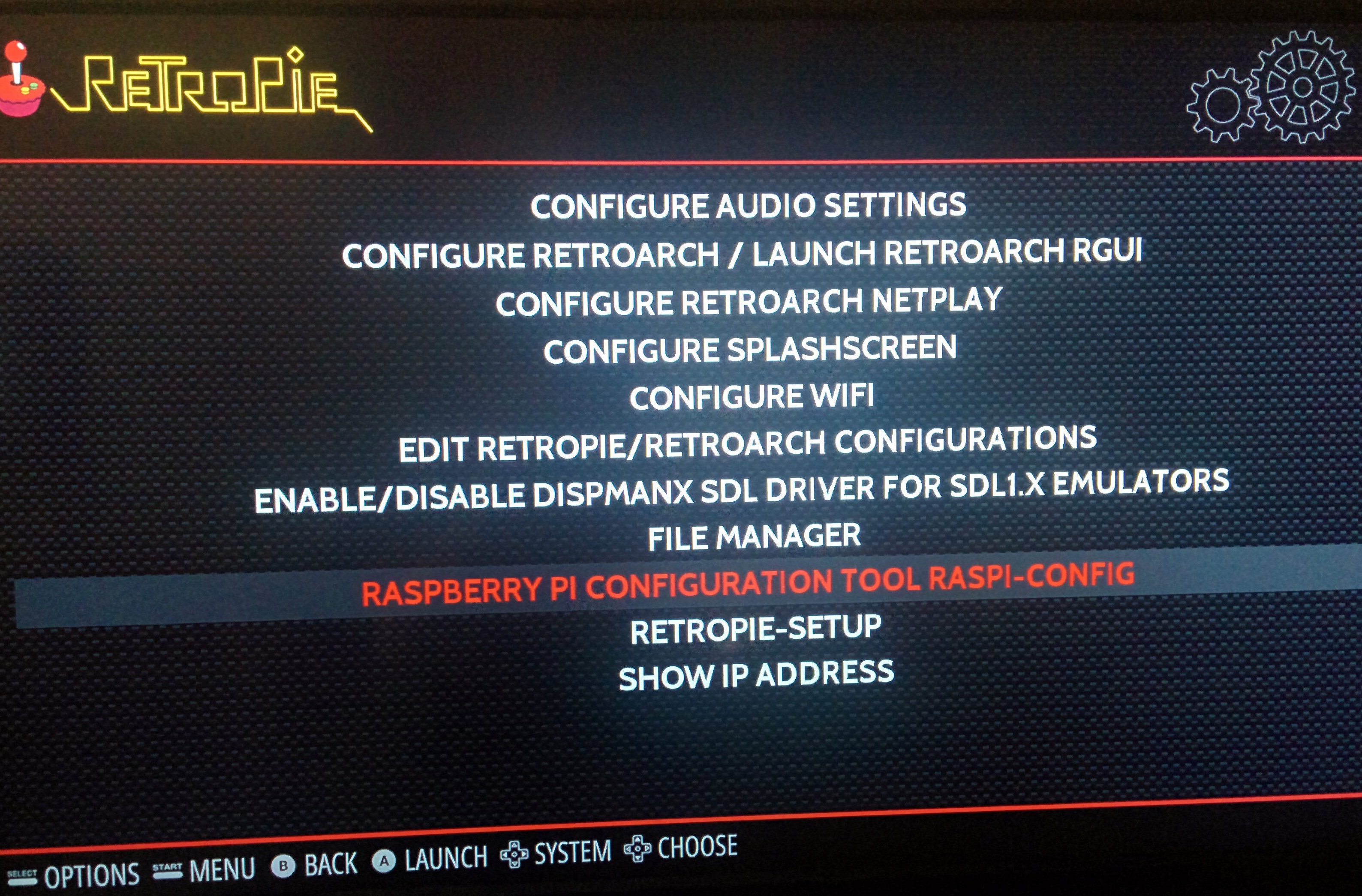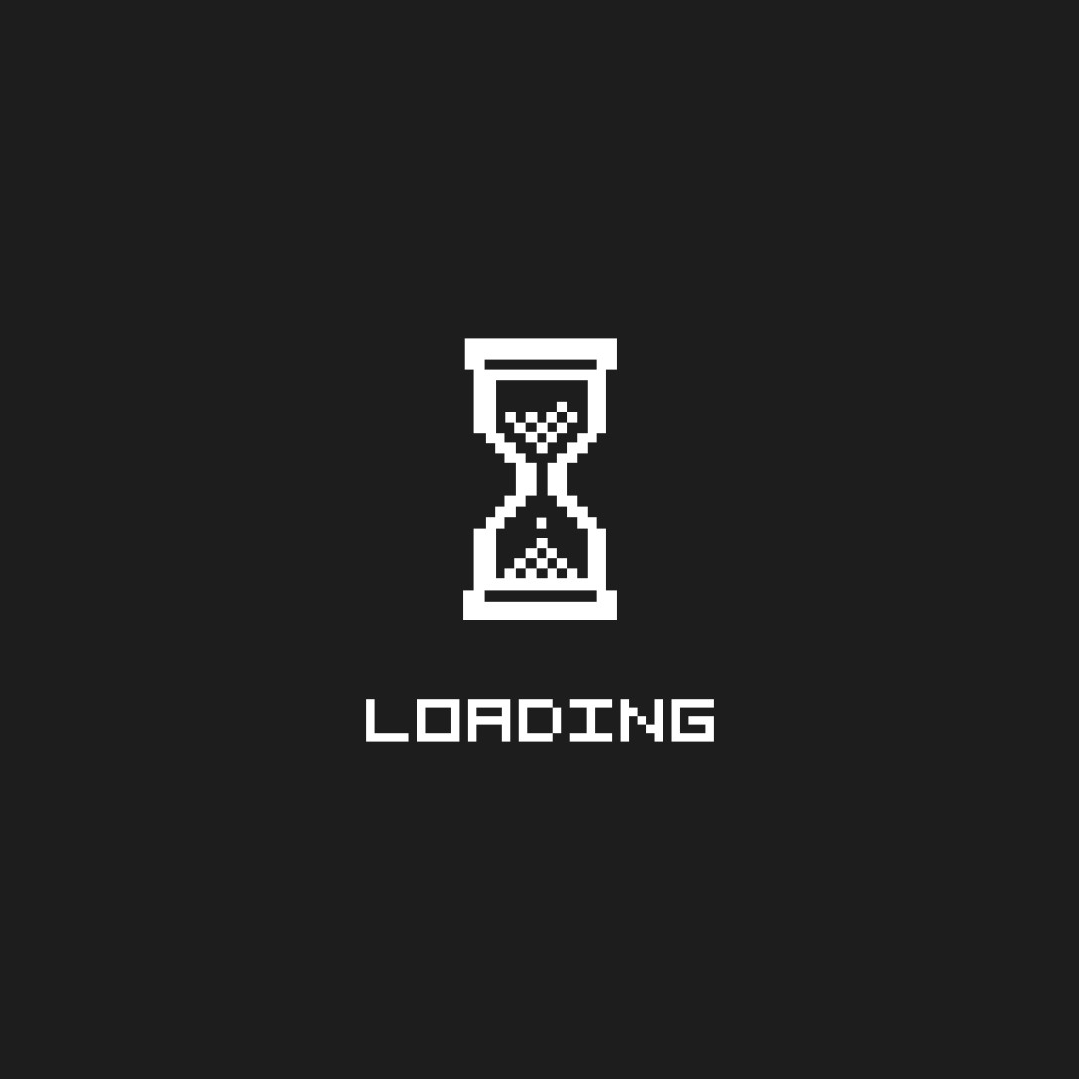

- #Alaunch emulation statino from retro pie terminal how to#
- #Alaunch emulation statino from retro pie terminal series#
Notes Regarding Raspbian Desktop’s Automount Feature.Manually Unmounting an Automounted USB Drive.Automount from Boot or within Emulation Station.In this article I aim both to demonstrate and expand upon the steps involved, whilst highlighting some issues which I have encountered when using this approach, and providing their resolutions. The general technique which I have adopted and is common, and whilst there are similar guides available, I have adapted the approach specifically for use on a Pi running Raspbian Lxde Desktop, Kodi Media Center, and Emulation Station with RetroPie. This how-to guide shows a method to automatically mount an external USB drive on the Raspberry Pi.
#Alaunch emulation statino from retro pie terminal series#
Searching for other emulators offering recording, I found only the non- Libretro variant of Fuse to have in-built facilities whilst serviceable for capturing ZX Spectrum games, the audio-video files generated by the emulator are of a decidedly non-standard format.įundamentally it was my experiments when attempting to transcode footage of Technician Ted captured from Fuse, first with avconv, and later with FFmpeg, and a subsequent enquiry on the RetroPie forum, which spawned the series of articles which form this how-to guide.įor reference, the system used whilst researching this project was a Raspberry Pi 3, overclocked to 1300mhz (please see Overclocking the Raspberry Pi 3: Thermal Limits and Optimising for Single vs Multicore Performance for specifics). I’d previously managed to enable the audio-video feature provided by the Atari ST emulator, Hatari, and was hopeful that a software-only solution was feasible for other systems.Īt time of writing this guide has been tested on RetroPie 3.7, 3.8.1, and 4 (rc-1) setups, all running on installations of Raspbian Jessie, and RetroPie 4.0.3 installed on Raspbian Jessie with Pixel My motivation to undertake what has become a sizeable research, development, and experimentation, project grew from a simple desire to obtain recordings of emulators running under RetroPie. Recording to an External Storage Device.Tuning the FFmpeg Recording Configuration.Recording with the Custom RecordConfig Option.Adding Recording Options to the RetroPie Runcommand Menu.Activating the RetroArch Recording Features.Checking FFmpeg has Been Enabled in RetroArch.Rebuilding RetroArch to Enable FFmpeg Recording.Implemented natively on a standard Raspberry Pi, this approach runs without the need for any external hardware (such as an Elgato capture-card).
#Alaunch emulation statino from retro pie terminal how to#
The following guide demonstrates how to enable the capture of real-time gameplay footage from various console systems available in the RetroPie emulator suite, a number of which can utilise the RetroArch framework to provide an integrated audio-video recording facility.


Video Captured Natively in RetroPie - Source: RetroResolution


 0 kommentar(er)
0 kommentar(er)
